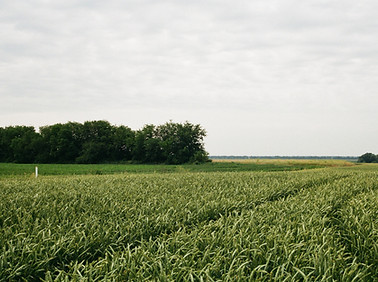
WHY NATIVE
Seeds picked from the closest source to where it will be planted, allows the plant to easily adapt to its local environment. The plant understands climatic events and is well adapted to withstand the instability of our current climate. By propagating from seed, each tree or shrub has the genetic diversity necessary to be naturally resilient for decades to come. Not only that, but indigenous trees also provides more habitats for our beneficial bugs and insects. They are adapted to feed and nest on the trees and shrubs that have always grown in their local region, encouraging biodiversity.

01
FOREST RESILIENCE
As our climate becomes more unpredictable, it is important to plant trees and shrubs that are best suited to large climatic events. Native trees and shrubs have a built-in resilience; little forest heroes waiting to get to work.
02
RIVER AND RIPARIAN ZONES
Riparian zones are an important zone that needs more attention. Using the right indigenous tree and shrub can stabilize the banks which can withstand flooding and work at filtering and clean the water for future generations.


03
WIND BREAKS
Planting wind breaks along fields help farmers with soil erosion. By using indigenous trees to create those wind breaks also gives our wildlife a home to eat, nest and protect themselves. Indigenous trees and shrubs feed this primordial loop keeping healthy, local ecosystems alive!
04
Wildlife Habitat
To maintain our native insect and animal populations, it is important to regenerate the forests where these creatures eat, nest and rest. By planting native foliage, it provides all the right foods and nesting spots necessary for wildlife populations to regenerate.

